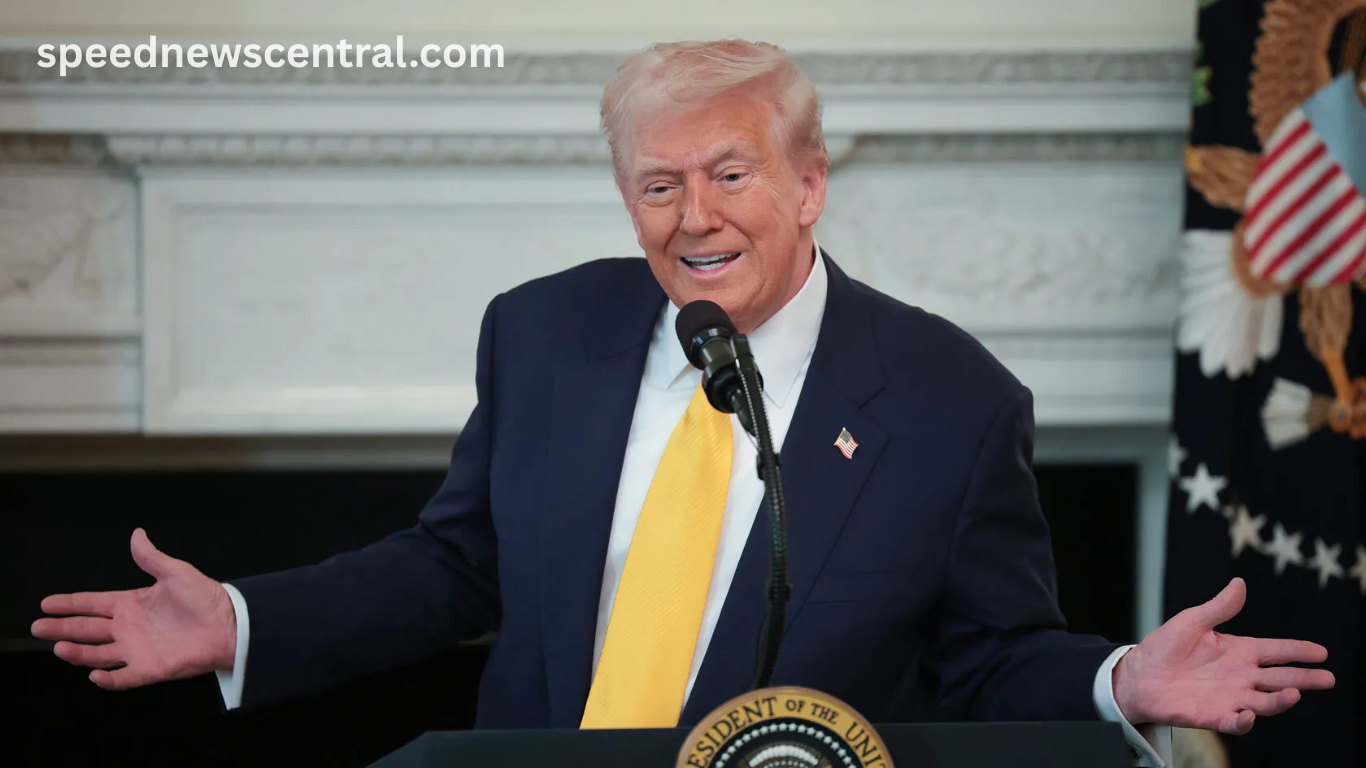In an era of increasing geopolitical tensions and rapid advances in military technology, former President Donald Trump has unveiled a defense initiative dubbed the “Golden Dome.” Drawing comparisons to Israel’s Iron Dome, this plan seeks to establish an impenetrable shield around American airspace, aiming to protect against missiles, drones, and other airborne threats. As global threats diversify and intensify, the need for innovative, large-scale defense infrastructure is taking center stage.
Trump’s Golden Dome proposal has captured widespread attention, not just from defense contractors and government agencies but also from the American public and international allies. With high-tech defense spending reaching record levels, the plan has become a lightning rod for debate, policy shifts, and speculation. Everyone, it seems, wants a piece of this ambitious plan that promises both national security and substantial economic stimulation.
Strategic Vision Behind the Golden Dome
Trump’s Golden Dome is envisioned as a next-generation missile defense shield, far surpassing existing systems in scale and capability. It aims to integrate advanced radar, AI-powered interception technologies, and space-based assets to counter new-age threats, including hypersonic missiles and autonomous aerial vehicles. The project’s scope suggests a pivot toward futuristic defense paradigms.
Economic Implications and Job Creation
One of the most compelling aspects of the Golden Dome plan is its economic promise. By injecting billions into the defense sector, it is poised to create thousands of high-tech jobs across the U.S. From engineering and AI development to manufacturing and cybersecurity, the defense ecosystem could see a major boost in both investment and employment.
Political Significance and Partisan Dynamics
The plan has become a political touchstone, with Republicans praising its visionary scale and Democrats expressing concern over budget allocations and militarization. As the 2024 election season ramps up, the Golden Dome has become a key talking point, illustrating broader ideological divides in how national security should be handled.
Technology and Private Sector Involvement
Major defense contractors like Lockheed Martin, Raytheon, and Northrop Grumman are actively lobbying for involvement in the Golden Dome project. Startups specializing in AI, cybersecurity, and drone tech are also eager to contribute. The fusion of government initiatives and private innovation may determine the project’s success.
Global Reactions and Strategic Alliances
Internationally, allies and rivals are watching closely. NATO members express cautious optimism, seeing potential integration opportunities, while nations like China and Russia perceive it as a threat to global strategic balance. How America proceeds with this initiative could reshape international military alliances and deterrence strategies.
Funding Challenges and Legislative Hurdles
Despite its ambitious nature, the Golden Dome faces significant funding obstacles. Congress remains divided on how to finance such a massive undertaking, with debates ranging from reallocating existing military budgets to introducing new defense bonds. Without bipartisan support, the plan could stall.
Public Opinion and Media Framing
Media coverage has ranged from laudatory to skeptical, reflecting broader public sentiment. Some Americans view the Golden Dome as a necessary step in national defense, while others worry about government overreach and inflated military spending. How the narrative is shaped will influence public and political backing.
Environmental and Ethical Concerns
Environmentalists have raised alarms about the project’s carbon footprint and potential ecological disruption. Ethical debates have also emerged, particularly around the integration of AI in military decisions. These issues could slow or modify the project’s implementation.
Frequently Asked Questions
What is Trump’s Golden Dome Defense Plan?
The Golden Dome is a proposed advanced missile defense system that would use AI, radar, and space technology to protect U.S. airspace from modern threats.
How does it compare to Israel’s Iron Dome?
While inspired by the Iron Dome, the Golden Dome is designed to operate on a much larger scale with more sophisticated technologies.
What technologies will be used in the Golden Dome?
Key technologies include AI-powered targeting systems, space-based sensors, quantum computing, and hypersonic missile interception tools.
Who will build the Golden Dome?
A mix of traditional defense contractors and emerging tech firms, potentially including Lockheed Martin and Raytheon, are expected to be involved.
How much will the Golden Dome cost?
Estimates vary, but early projections place costs between $200 billion and $400 billion over the next decade.
Is there bipartisan support for the plan?
Support is mixed; some Republicans strongly support the initiative, while many Democrats raise concerns about its feasibility and cost.
How will the Golden Dome affect U.S. foreign policy?
The plan could reinforce U.S. deterrence and alter global military dynamics, possibly escalating arms races with rivals like China and Russia.
When could the Golden Dome be operational?
If approved and funded, preliminary systems might be tested by 2028, with full deployment potentially taking 10–15 years.
Conclusion
Trump’s Golden Dome defense plan is more than a political proposal—it’s a vision for a fortified America in a changing world. Whether it becomes a historic achievement or a stalled ambition will depend on bipartisan cooperation, technological innovation, and public support. Keep watching as this bold strategy unfolds.

